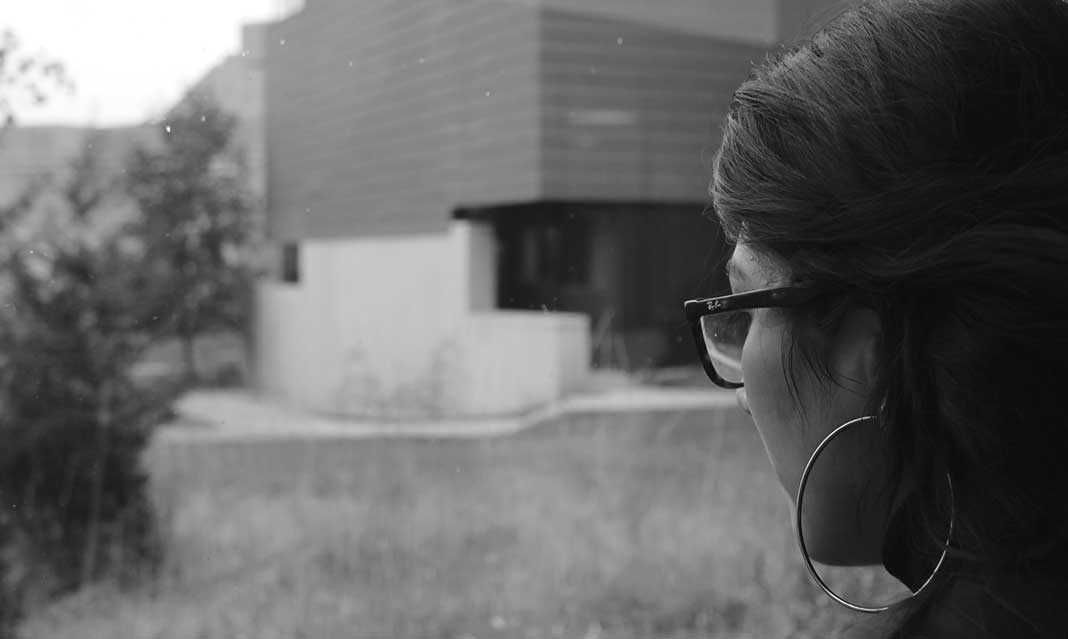According to the Mayo Clinic, seasonal affective disorder (SAD) is a type of depression related to the change in season.
According to Norman Farb’s lecture on mood disorders for his PSY240 course at UTM, individuals diagnosed with seasonal affective disorder appear to be vulnerable to changes of exposure to sunlight in their natural environment. They show a pattern of mood problems that are cyclic and time-limited. Dr. Dax Urbszat, a PSY100 professor at UTM, states that the SAD cycle typically begins around the end of January. Symptoms will continue to last over the winter, until the end of March. Doctors and researchers at the Mayo Clinic have found that seasonal affective disorder can present as early as the fall and continue throughout the winter months.
Dr. Urbszat explains that seasonal affective disorder is caused by a lack of sunlight, which results in a deficiency of vitamin D and serotonin. This decrease in serotonin can trigger depression. Disruptions to the body’s internal clock can lead to feelings of depression, as the circadian rhythm is linked to the seasonal change. The Mayo Clinic believes that melatonin levels also have a role in seasonal affective disorder.
According to Dr. Farb and the Mayo Clinic, seasonal affective disorder presents atypical symptoms, such as oversleeping, overeating, weight gain, and cravings for carbohydrate-based foods. It is not unusual for individuals to also express having low energy.
The usual symptoms of seasonal affective disorder can typically be found throughout post-secondary school students.
Dr. Farb claims patients with SAD have been treated with a light treatment that simulates the sun known as phototherapy. “Phototherapy is an increasingly popular treatment for SAD,” says Dr. Farb, “Patients are exposed to a very bright light for one to two hours, resulting in remission in symptoms.” Furthermore, Farb states that the Canadian Psychiatric Association recommends light therapy as a standard treatment for seasonal affective disorder due to the effectiveness of the treatment.
Dr. Dax Urbszat shares that medication for seasonal affective disorder can result in depression for the rest of the year as well. As a result, medication is not typically used as a first treatment for seasonal affective disorder.
The Mayo Clinic reminds anyone who believes they may be struggling with seasonal affective disorder not to dismiss their emotional and mental state as the “winter blues.” If you are concerned, seek medical help and “take steps to keep your mood and motivation steady throughout the year,” says the Mayo Clinic. If left untreated, seasonal affective disorder can lead to additional problems.



